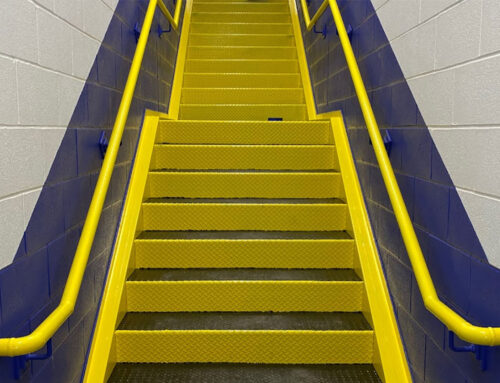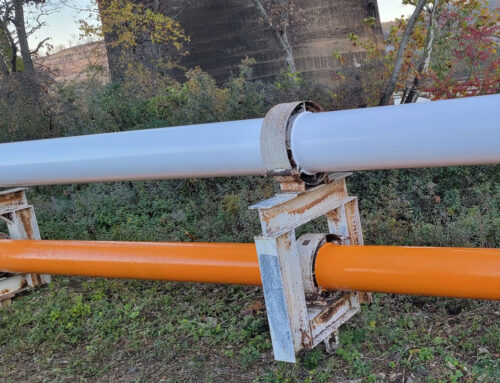The Devil’s In the Details: Three Avoidable Mistakes That Destroy Coatings
There’s an old adage, “You can have things fast, cheap, or good. Pick two.” Industrial painting projects happen smoothly with enough funding for equipment, labor, and materials, enough time to meticulously review every step before, during, and after project completion, or, preferably, all of the above.
After decades and counting in the field, we’ve witnessed firsthand how neglecting small details will ruin a project. The consequences are often not immediately apparent, but they always emerge. When they do, clients have to pay even to correct the careless or ill-informed mistakes. Here are the top three detail-skipping mistakes we see industrial painters make–and why they happen.
- Not Using a Wet Mil Gauge
A wet mil gauge, also known as a wet film thickness gauge, measures a coating’s thickness after it’s been applied. When this simple tool isn’t used, industrial painters cannot successfully apply a consistent coating thickness. They use too little or too much paint. The non-uniform coating will have a shorter-than-desired service life, even having the potential for total coating failure. Recoating, as a fix to this problem, is not uncommon.Why This Happens:Wet mil gauge measurements involve an extra step, additional time that some projects and some industrial painting teams would prefer to skip. - Not Meeting Coating Thickness Requirements
A true disaster awaits if industrial painters don’t meet coating thickness requirements. Adhesion becomes unreliable. The coating protection is inconsistent. Clients almost necessarily need to invest in more maintenance as corrosion grows and performance plummets.Why This Happens:Many, many mistakes can result in coating thickness mishaps. The substrate certainly can be irregular. However, we most often see other industrial painters improperly preparing coating materials and not relying on wet or dry film gauges. - Not Having the Correct Blast Profile
Incorrect blast profile translates to non-uniform coating thickness and significant problems with adhesion. The outlook is grim. Coating durability drops; performance issues are inevitable. It’s costly and frustrating for clients to correct once the costing has been appliedWhy This Happens: Surface conditions and preparation are the names of the game. If the substrate is corroded beyond the pale, it’s more difficult to obtain a good blast profile. However, what often causes an incorrect blast profile is inadequate surface profile measurement, stemming from poorly adjusted equipment and a lack of training.
Details Are Our Business. How Eagle Eye Services Approaches Every Coating Project.
Our approach to industrial painting starts with training. All of our industrial painters and corrosion experts are certified by the National Association of Certified Engineers (NACE) and adhere to Society of Protective Coatings standards (SSPC).
We don’t skimp on equipment. We invest in bringing industry-best equipment to your coating project.
Cost awareness is an integral part of our project management philosophy. We pay attention to how much a project is growing, working with our clients to manage expectations and make cuts when needed.
To learn more about our detail-oriented approach, schedule your consultation with Eagle Eye Services today.
You may also be interested in:
Ready to Get Started?
Have questions about your project or need a quote? We’ve got someone ready to help you.



